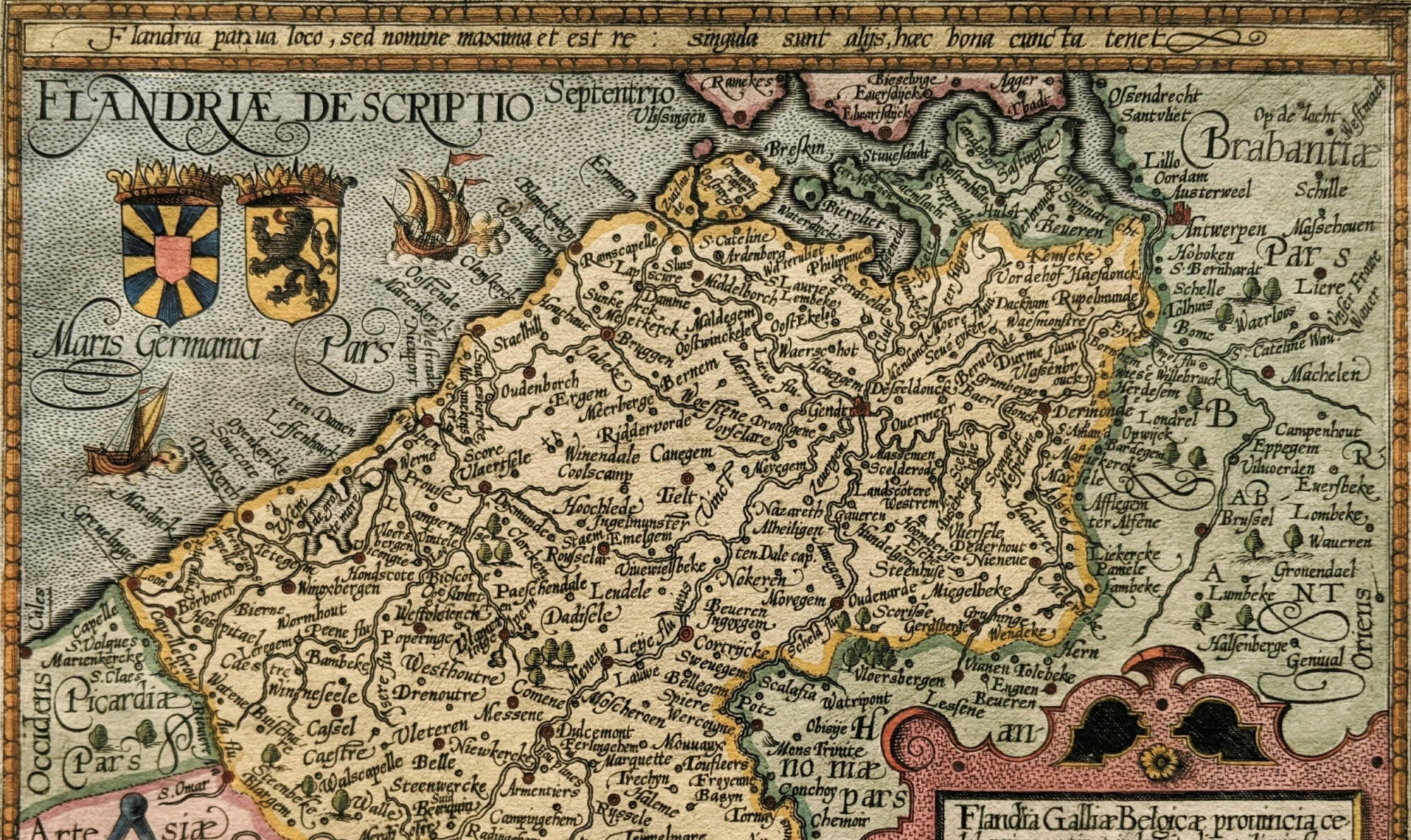Op dinsdag 12 Februari 2019 organiseert de vzw In Monte Blandinio een avondlezing. Prof. Mariken Teeuwen (Huygens ING, Universiteit Utrecht) geeft een lezing getiteld ‘Martianus Capella in Gent: laatantiek Afrika in de wereld van het middeleeuwse klooster’:
Martianus Capella’s De nuptiis Philologiae et Mercurii (Over het huwelijk van Philologia en Mercurius) is een fascinerende tekst: het is een handboek uit de vijfde eeuw over de zeven Vrije Kunsten dat de Grieks-Latijnse pre-christelijke geleerde traditie weerspiegelt, gesteld in het gekunstelde Latijn dat de laatantieke geleerde cultuur van Romeins Noord-Africa kenmerkt. Over de auteur weten we weinig, behalve dat hij in Carthago actief was in de vijfde eeuw, en dat hij een boek schreef waarin het christelijke wereldbeeld (dat intussen dominant was) geheel en al onvermeld blijft. Dit boek vat de geleerde traditie samen op het terrein van de grammatica, retorica, dialectica, meetkunde, wiskunde, sterrenkunde en de muziek zoals die uit het Grieks aan de Romeinse wereld is overgeleverd, en hult de geleerde stof in een rijk opgetuigd Grieks-mythologisch geheel.
In de moderne tijd is het werk van Martianus vaak neerbuigend besproken: Martianus was geen groot licht, hij reeg autoriteiten aaneen zonder al te veel begrip van de geleerde inhoud en hij deed dit in een extravagante, over-the-top stijl. In de middeleeuwen, echter, genoot het werk een bijzonder grote populariteit. In de negende-eeuwse kopieën is de tekst meestal voorzien van uitgebreide commentaren op allerlei aspecten van de tekst: zowel de taal, als de wetenschappelijke inhoud, als de dichtvormen, als de mythologische en Grieks-filosofische setting. In deze voordracht zal ik ingaan op die commentaartradities, de aard, omvang en inhoud van de commentaren, de technieken die men gebruikte om de lezer door de stof te leiden, etcetera. Ik doe dit aan de hand van twee handschriften waarvan we weten dat ze in de ieder geval in de elfde eeuw, ten tijde van Abt Wichard, in Gent waren: Vaticaanstad, Biblioteca Apostolica Vaticana, Vat.lat. 1987 en Leiden, Universiteitsbibliotheek, BPL 88.
In diezelfde tijd en ook later waren er in Gent meer handschriften met klassieke en laat-klassieke teksten. In het tweede deel van de voordracht zullen we ook naar enkele andere Gentse handschriften kijken, om zo een indruk te krijgen van de rijke intellectuele activiteit in het klooster.
De lezing (in het Nederlands) vindt plaats in het Blandijn, Auditorium 1 (Jan Broeckx) en gaat van start om 20 uur.


